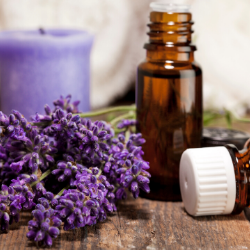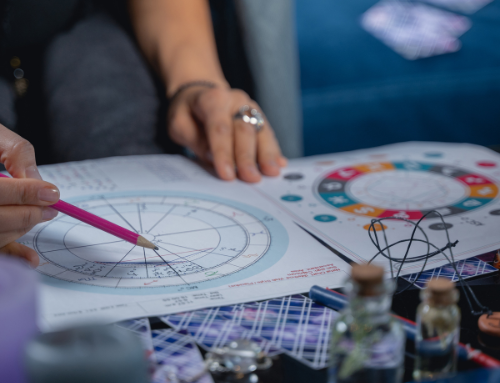 Aromatherapy – An Introduction
Aromatherapy – An Introduction
By Kerrie Clayton
Aromatherapy is a healing tool that uses aromatic ingredients from plants to improve health and well-being. These aromatic ingredients are called essential oils and may come from herbs, flowers, fruits, barks and even the roots and resins of trees. Believed to be the life force of plants, these essential oils contain complex chemicals including ketones, terpenes, esters and alcohols, amongst many others, that are capable of helping us achieve balance, health and harmony in our lives.
Interestingly essential oils are not really oily at all but are rather light liquids that evaporate easily when exposed to air. A range of methods can be used to extract essential oils from plants; the most common being steam distillation, however cold-pressing and mixing with a solvent and then separating the essential oil can also be used.
The quality and cost of an essential oil can vary considerably from year to year and depending on the location at which it is grown (much like wine!). The cost can also represent the scarcity of the oil and the costs involved in its extraction. For example, citrus oils are abundant and easily extracted, making them cheap compared to floral oils, which are often very expensive. Generally it is recommended buying essential oils from a reputable supplier as many cheaper versions contain impure additives or synthetic fragrance oils.
All of us at some stage have been exposed to essential oils, perhaps without even being aware of it. For example the smell of eucalyptus leaves, the juice from an orange as we peel it or simply the smell of fresh flowers, are all ways essential oils have entered our lives.
Aromatherapy, like many other healing traditions, has a long history. In fact in many ancient civilisations, the therapeutic use of essential oils was common place. Ancient Egyptians used essential oils in religious and beauty treatments, while Ancient Romans used oils widely for pain relief as well as skin care and perfumery.
In modern times, the term aromatherapy was actually coined by a French chemist called Gattefosse early last century. Folklore has it that Gattefosse was working in his family’s perfumery business when one day he burned his hand and without thinking plunged it into a vat of lavender oil. When the burn subsequently healed, Gattefosse began his study into the healing effects of essential oils. His work was carried on by Dr Jean Valnet who used essential oils to treat wounded soldiers during World War Two.
However it was Marguerite Maury, a French biochemist, who developed the method of diluting and applying essential oils via massage, which is perhaps still the most widely used treatment with essential oils today.
In addition to massage, other treatment methods include: baths, room sprays and diffusers, inhalation and cold compresses.
Aromatherapy can help with a range of conditions including: muscular aches and pains, headaches, skin disorders, colds and flu, and many more. Essential oils work not just on the physical but also the mental and emotional centres and so can be fantastic also for conditions such as stress, concentration and emotional balance.
Below lists a few of the more commonly used essential oils and some of their key properties:
- Lavender – calming
- Lemon – uplifting
- Tea Tree – antiseptic
- Eucalyptus – decongestant
- Rosemary – concentration
- Rose – skin care
In the first instance it is worthwhile seeking advice from a qualified Aromatherapist or natural health care practitioner before attempting home treatment. However many essential oils are safe for home use and with a little guidance can be a wonderful way of supporting one’s health and healing.
Kerrie Clayton is an Aromatherapist (amongst other things) based in Victoria. She can be contacted via email.






Leave A Comment